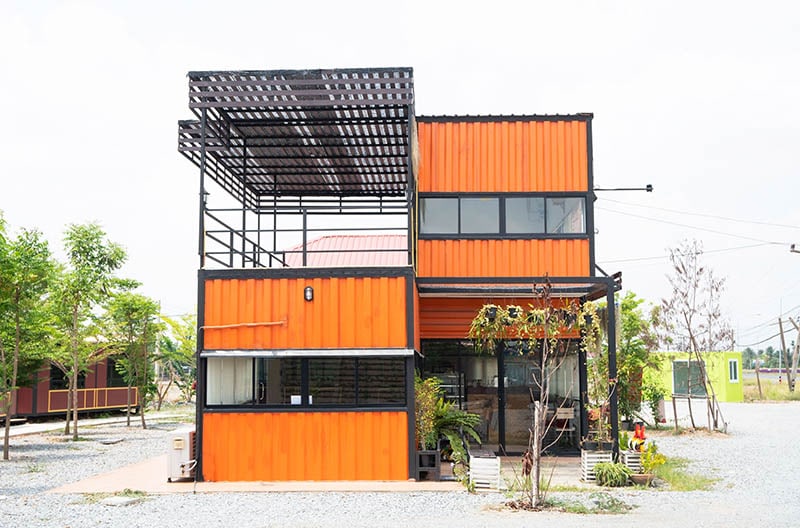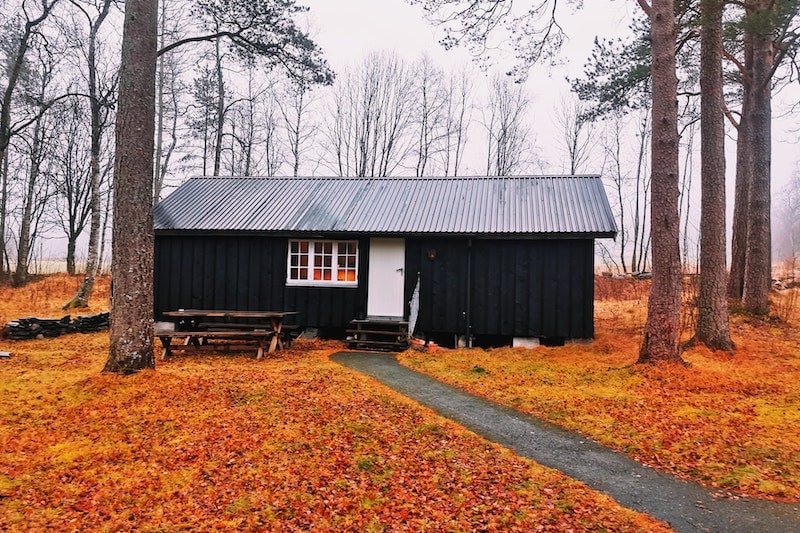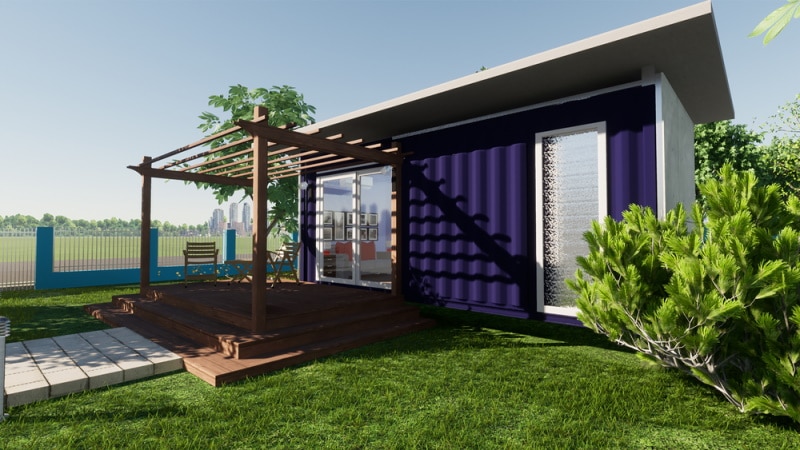Are Shipping Container Homes Legal in Minnesota? What You Need to Know!
-
Chris Dinesen Rogers
- Last updated:

According to the National Association of Home Builders, 53% of Americans1 would consider ditching a traditional house and opt for a tiny home instead. Many factors probably influence that choice, from less housekeeping to streamlined landscaping. However, the looming question is whether it’s legal to use shipping containers (one of the trendiest options) in Minnesota.
If building your next home involves using them, you’re in luck. The state government of Minnesota allows the construction of what they define as tiny homes. The bigger hurdle is making sure it’s up to the Minnesota Rules Chapter 13603.
Let’s start by defining your challenges with a description of the typical shipping container.
Characteristics of a Shipping Container
It’s a safe assumption to say that shipping containers make the world go around—literally! The Port of Shanghai alone moved over 47 million TEU (twenty-foot equivalent unit) containers in 2021. Think about all the things one must endure and how they would influence its construction. It’s durable for rough handling. Likewise, it must be easy to maneuver and stack to optimize the available space.
The two most popular sizes you’ll see with shipping containers are 20-foot and 40-foot options. Their standardized width is 8 feet, and their height is 8.5 feet. Remember that we mentioned stacking. You must have a set size to make it happen. For the record, 10-foot containers also exist in the industry. These traits come in handy when we talk about converting them into houses.

Benefits of Shipping Container Homes
Several things make shipping containers desirable options for alternative housing. We mentioned their sturdiness and durability. This is a plus when it comes to protecting your stuff. It’s already made, which puts it in the pre-fab category. That can, in turn, save you significant money on building costs. After all, it’s like you’re getting a house halfway built!
Their size makes them sound cozy as the ideal tiny home. The standardized sizes also mean it’s easier to stack and design a house with these ready-made pieces. If you’re into mid-century modern, industrialist, or contemporary decor, shipping container homes are right up your alley with the well-defined lines that define these styles. They’re an excellent choice for DIY-ers, or those who want to live off the grid.
One of the best things going for shipping container homes is how environmentally friendly they are. You’re repurposing an item that would otherwise languish in a landfill. They have a small carbon footprint that doesn’t take up a lot of real estate. This makes them an excellent choice for starter homes and dwellings for empty nesters.
The Downsides of Shipping Containers
Interestingly, some of the same things making them desirable are also on the downsides of this housing choice. When it comes to how they look, either you love it or hate it. That can be a problem in some municipalities. While Minnesota allows container homes, you may hit some roadblocks in towns that don’t see your vision in quite the same way. Then, of course, there are your neighbors.
Many builders have jumped on this bandwagon. However, it’s still a new thing in many states, including Minnesota. There’s bound to be some confusion regarding implementing the building codes with this type of construction. That means you may have trouble finding contractors experienced in this sector.
One of the selling points of shipping containers is they’re virtually pest-free. If you’ve ever dealt with a rodent problem, this trait is probably on your dealmaker list. However, containers with wooden floors likely have pesticide on them. After all, they likely also transported foodstuffs. Part of your costs will include abatement options to make the living quarters safe.

Things to Know About Shipping Container Homes in Minnesota
The first shipping container home in the Twin Cities was unveiled in 2021. It’s a grand affair—with three bedrooms and two baths—was made from three pieces. While you can see its roots on the outside, the interior belies its source material. It’s a fitting example of what’s possible with this type of construction. Let’s dig a little deeper into how that translates into a Minnesota home.
The square footage of a 20-foot shipping container is 160 square feet. A 40-foot one is 320 square feet. According to the state of Minnesota, those figures qualify either one as a tiny home, subject to Appendix Q of the 2020 Minnesota Residential Code. That means your house must conform to specific dimensions. Fortunately, the size of a shipping container fits the bill.
Minnesota further divides RVs as temporary housing, and not as year-round living quarters. That means your shipping container home is considered an ADU (accessory dwelling unit). So, it must sit on a foundation. Minnesota’s extreme weather will pose some construction challenges, starting with this requirement in terms of the frost line. The depth requirements depend on where you intend to live.
You must also consider the snow load on the roof. Though Minnesota doesn’t get nearly as much snow as Buffalo or other snowy places, the building codes include minimum pounds per square foot (psf), which a shipping container will likely meet without any issues. Other things to keep on your radar include ventilation, heating, and means of egress.

Final Thoughts
Minnesota recognizes the value of shipping containers as homes by permitting their use for dwellings. However, new construction must comply with the lengthy building codes. As we’ve mentioned, you must also contact the municipality to determine if additional requirements exist. This option has a lot going for it. Detailed planning will ensure you can make your dream home a reality.
See also:
- Are Shipping Container Homes Legal in Michigan? Everything You Need To Know!
- Are Shipping Container Homes Legal in Ohio? What To Know!
Featured Image Credit: oatautta, Shutterstock
Contents
